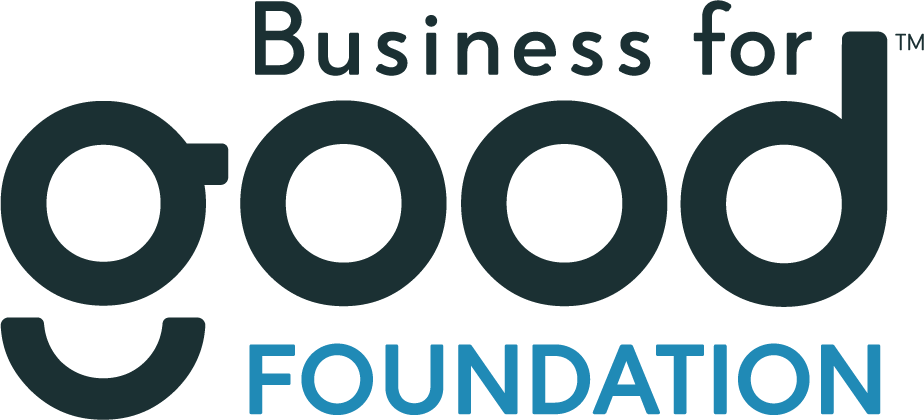News
December 16, 2015UAlbany’s CTG Develops New York’s First Comprehensive Database of Outcomes for Post-Foster Care Youth
In 2010, the federal government sought to address a growing concern over the foster care system: with more than 35,000 youths phasing out of foster care annually, there was no method for determining individual outcomes. A federal mandate went out to the states to develop processes to effectively survey these youths, and New York most naturally turned to UAlbany’s Center for Technology in Government (CTG).
Since its inception, CTG has established expertise in running multi-channel surveys (telephone, Internet, paper) and creating data management tools for large and intricate projects. The federal Administration for Children and Families’ National Youth in Transition Database (NYTD) project, which required tracking employment, education, health, and other factors for post-foster care youths ages 14-21, was right in line with this expertise.
This September, CTG delivered a data collection process of the NYTD surveys for the first full five-year cohort of former foster care youth — tracking them at ages 17, 19, and 21 — to New York’s Office of Children and Family Services (OCFS).
The next step was to identify experts in child welfare who would build upon the technological infrastructure, liaisons network, and NYTD brand that CTG had constructed. CTG and OCFS turned to UAlbany’s Center for Human Services Research (CHSR).
A Challenging Initiative
CHSR’s efforts were not without challenges. Many youth, unaware of the NYTD survey, were reluctant to fill it out. Given the transient nature of this population, it was also difficult to conduct the full series of surveys at the required intervals for five years.
To help address this, CTG created the NYTD Peer Caller Program. Using current foster care youths to lead outreach efforts to the post-foster care youth being surveyed, trust and empathy were established.
Data collected from the NYTD surveys can now be used to help inform policy and practice surrounding transition planning, anticipating the needs of youth once they leave care, and understanding what circumstances may predispose a foster youth to certain outcomes such as incarceration or homelessness.
Throughout this past year, CTG and CHSR worked together to prepare for the second phase of the project. In November, CHSR took the lead and will leverage its own 20-year history of conducting evaluation research and designing information systems, as well as an established strong relationship with OCFS, to build upon the products and relationships that CTG helped to create.
“CHSR is pleased to begin leading the NYTD project to ultimately improve the outcomes for youths transitioning from foster care into independence,” said Sarah Rain, a CHSR senior research support specialist. “Over the past five years, the Center for Technology in Government has constructed the technological infrastructure, liaisons network, and established NYTD brand — all of which are components that CHSR looks forward to expanding,”
CTG leaves the project with a highly satisfied partner. “CTG’s dedicated efforts have been pivotal in helping OCFS understand how independent living services are being administered and whether they are helping young people achieve success,” said Laura Velez, Deputy OCFS Commissioner of Child Welfare and Community Services. “OCFS is honored to have partnered with them in implementing this worthy initiative.”


























